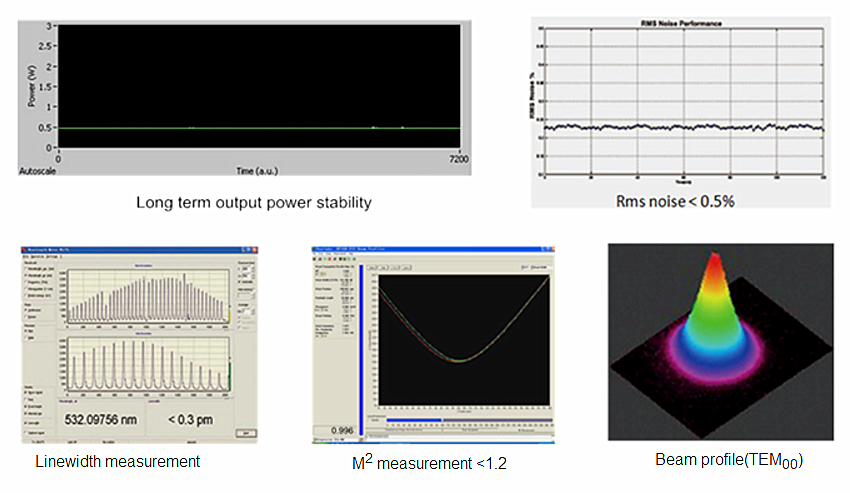What is the reaction process of acidification-volatile-re-neutralization treatment of cyanide-containing wastewater?
HCN is highly volatile (boiling point 26 ° C) and is therefore easily separated from the solution by air separation, especially at low pH. To facilitate a metal cyanide complex by dissociation rate applicable to HCN, it is necessary to lower the pH.
The method consists of three steps: acid method, volatilization and neutralization (A·V·R=AVR): 1 acidification, dissociation of CN in metal cyanide complex and conversion to HCN; 2 bubbling with strong air bubbling HCN, the recycled HCN is repeatedly recycled by the lime liquid; 3 the inflated acidic lean liquid is neutralized to remove the metal ions (then, the metal precipitate is recovered, and the solution is discharged). The chemical process of this method is as follows:
Acidification Ca(CN) 2 +H 2 SO 4 -CaSO 4 +2HCN
Absorption 2HCN+Ca(OH) 2 - Ca(CN) 2 +2H 2 O
MxL-U series Laser with the characteristics of narrow spectrum linewidth<0.003 nm, low noise and ultra compact, are ideal for use in DNA sequencing, flow cytometry, digital imaging, analytical chemistry, particle measurements, confocal microscopy, Raman Spectroscopy and many other applications. Housed in ultra compact packages, these lasers are the perfect choice for OEM instrumentation, system design and integration, and also for end user applications in research and development.


Narrow Linewidth Laser,Ultra-Narrow Linewidth Laser,Narrow Linewidth Diode Laser,High Powered Narrow Linewidth Laser
Changchun New Industries Optoelectronics Technology Co., Ltd. , https://www.lasersciences.com
